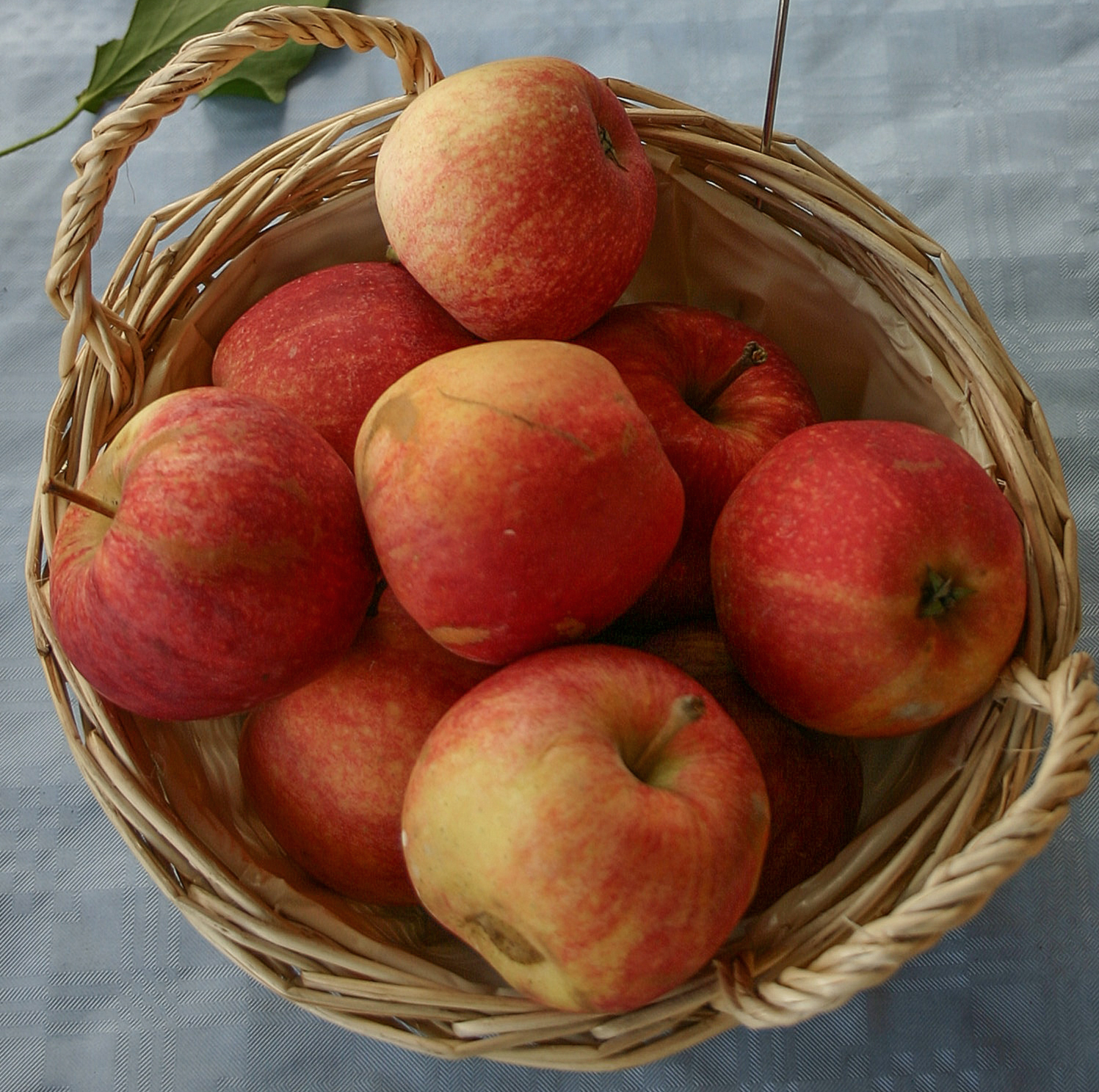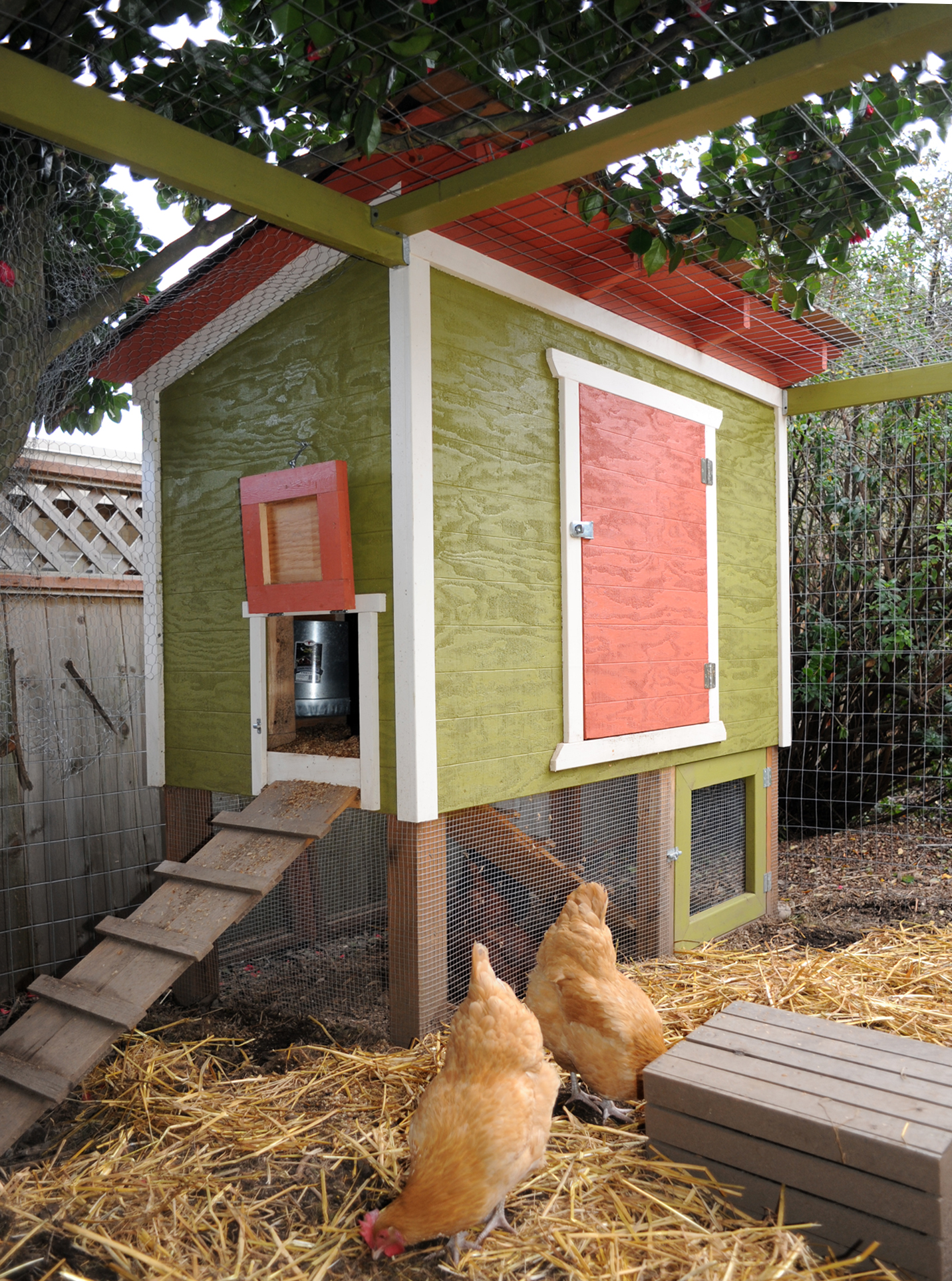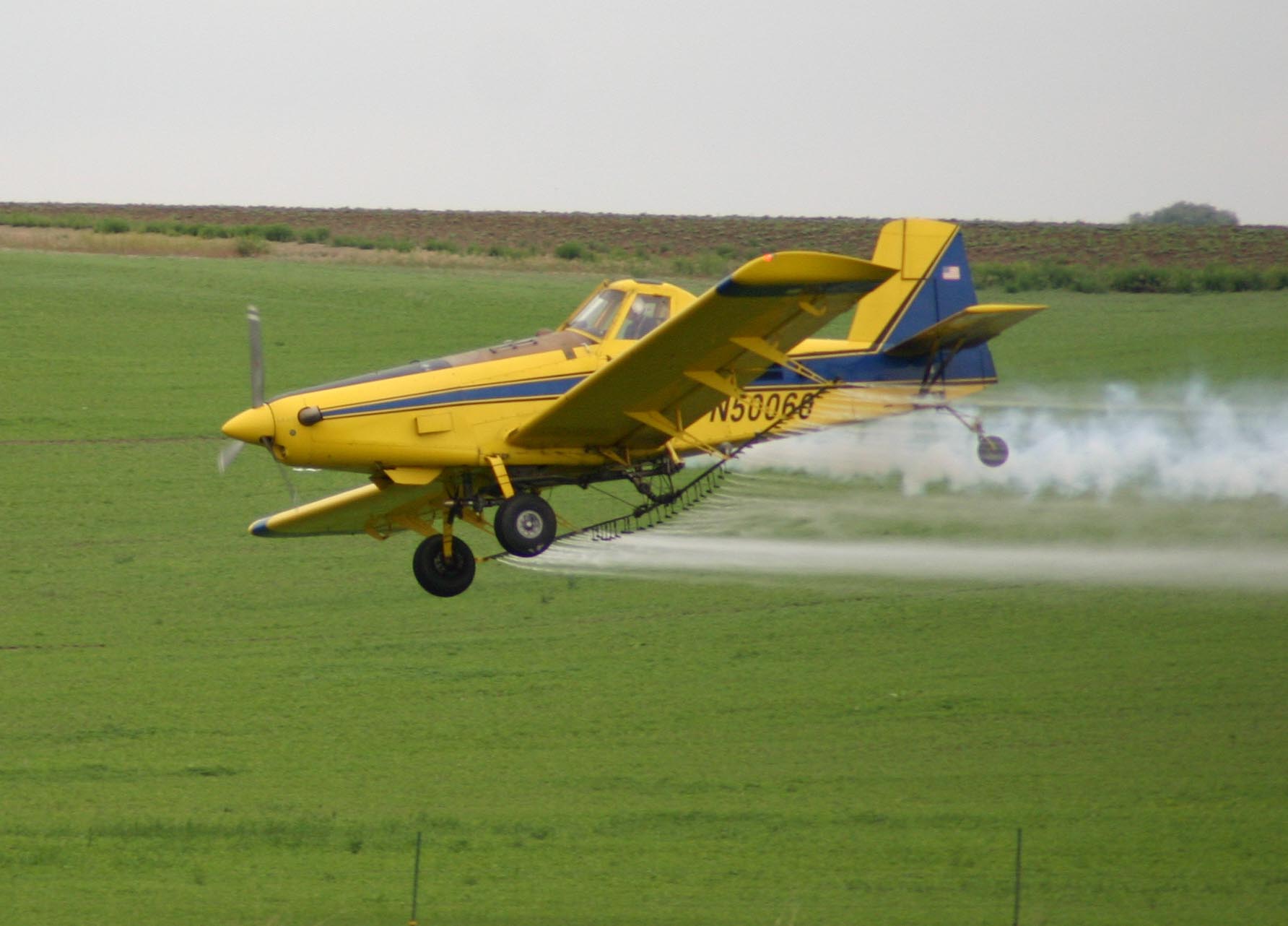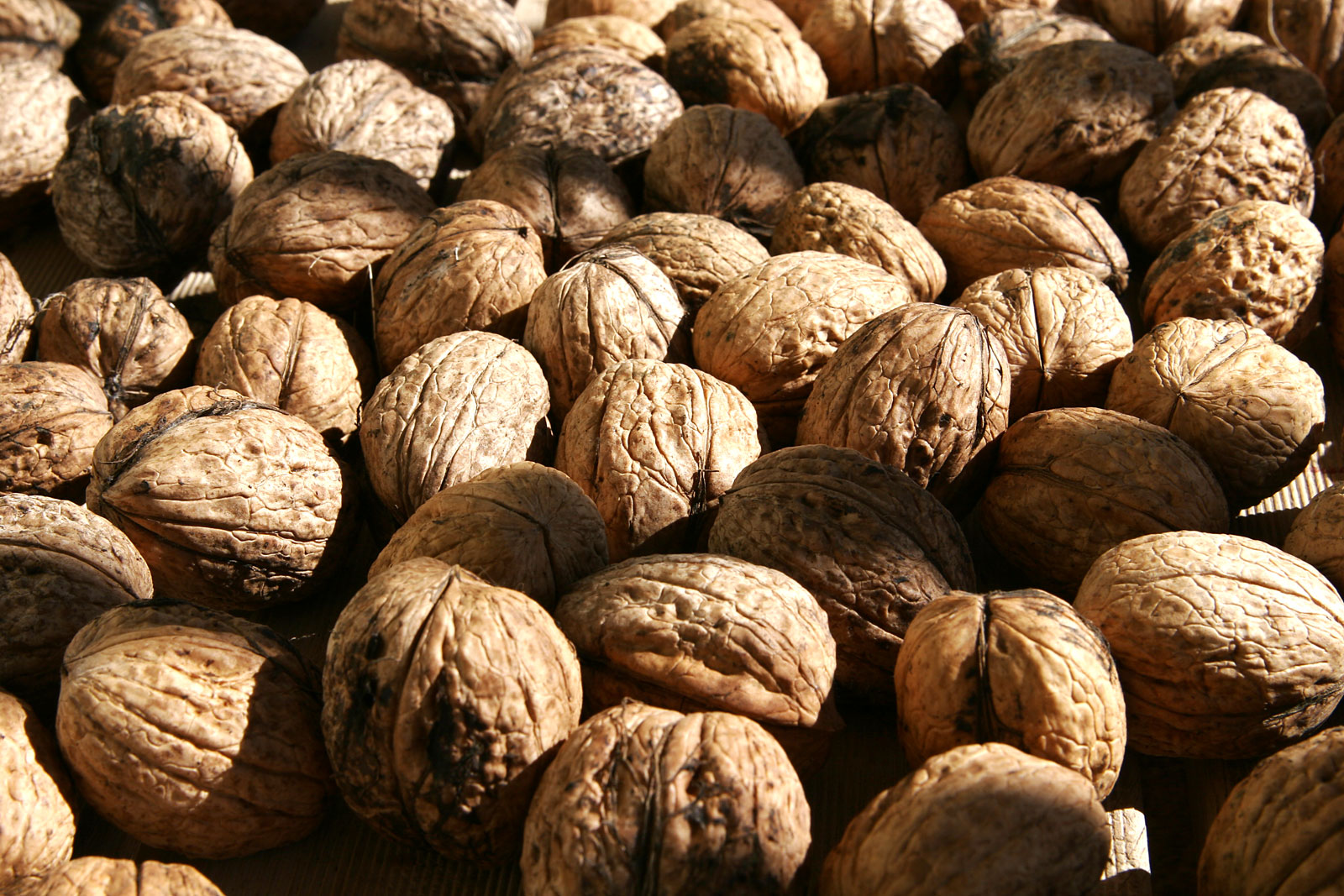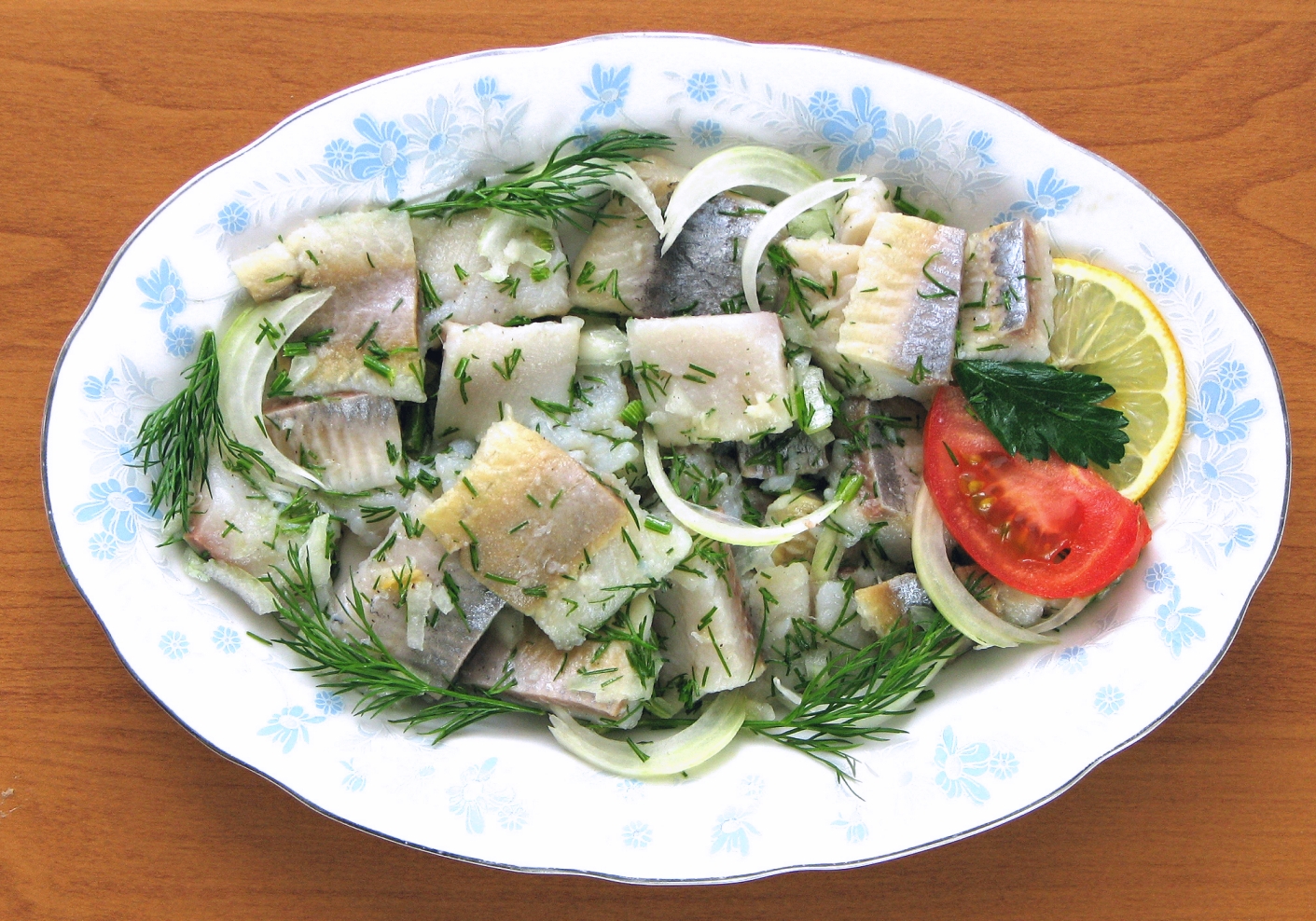
Humans have never domesticated a creature more eager to work with us than maize.
Maize is descended from a weedy, unappetizing grass called teosinte. They look
so different that, for a long time, many people refused to believe they could be closely related - and yet they're the same species. Geneticists and archeologists have even figured out the subspecies of teosinte that maize arose from and the specific region in southern Mexico where it probably happened!
Teosinte (Zea mays subsp.
parviglumis) still covers the hillsides of Oaxaca, but domesticated maize has conquered the world with its incredibly adaptive nature. It's grown thousands of feet up in the Andes, and in the rainforest basin below. Some of these lowland varieties grow over 20' tall (with ears 12' off the ground!) and whose stalks are used for buildings. The Hopi grew varieties in the Arizona desert that stood a squat 2' but could survive being planted a foot deep (where soil moisture is more reliable)! Tropical varieties may take a full year to mature, while temperate ones thrive in the short days and growing seasons of Canada. More recently, Americans have turned corn into a standardized factory widget that angles its leaves to share the light with (and ignore the shade cast by) its densely-packed neighbors.

Teosinte's on the left, and a stubby corn variety's on the right. Each little kernel of teosinte is encased in a hard shell that protects the seed (and even has a little hole that allows the germinating roots to escape it). Part of the reason these two plants look so different is that maize ears are basically teosinte turned inside out! - with the hard external fruit case of teosinte becoming the cob of corn.
Scientists are beginning to understand exactly how domesticated and wild
Zea mays develop differently. One of the genes that's known to be associated with teosinte's shell is tga1 (a.k.a. teosinte glume architecture). The tga1 gene makes a protein that acts as a
transcription factor.
Transcription factors are master regulators that can turn many other genes on or off at the same time. They do this by sticking to specific DNA sequences that are found near the genes they control, and physically interacting with the DNA and other proteins that are needed to turn these other genes on or off. Transcription factors often play important roles in development due to their dramatic power to influence other genes.
The scientists first thought that maybe this transcription factor was cranked up to higher levels in one of these plants, or that it was turned on in different tissues or at different times - but it turned out that the same amounts of this transcription factor were present in teosinte and maize. They then looked at the structure of the transcription factor itself and found a mutation in one of the plant's version of this protein - where an asparagine amino acid took the place of a lysine one. They then thought that maybe this altered transcription factor would stick to a unique DNA binding site in each plant (potentially turning on a completely different set of genes), but both version of the transcription factor stuck to the same DNA sequence (GTAC).
They THEN noticed that while this transcription factor turns UP expression of its controlled genes in teosinte, the maize version turns the same genes DOWN. Not all of the downstream genes have been figured out, but when an otherwise normal teosinte plant contains the maize version of this transcription factor, the shell around each kernel is smaller and doesn't quite cover it up!
Science is usually slow and incremental like this, but progress is progress!
 A car can make climate differences pretty obvious. The cherry blossoms are spent here down in the valley, but the hillsides were all decidedly brown when I climbed onto 81-south. The pears and apples were just getting rolling and the canopy trees were tentatively pushing out catkins. Somehow, our early burst of cherry and magnolia blossoms survived recent snow flurries - though I doubt the same occurred up in Saranac Lake.
A car can make climate differences pretty obvious. The cherry blossoms are spent here down in the valley, but the hillsides were all decidedly brown when I climbed onto 81-south. The pears and apples were just getting rolling and the canopy trees were tentatively pushing out catkins. Somehow, our early burst of cherry and magnolia blossoms survived recent snow flurries - though I doubt the same occurred up in Saranac Lake.
